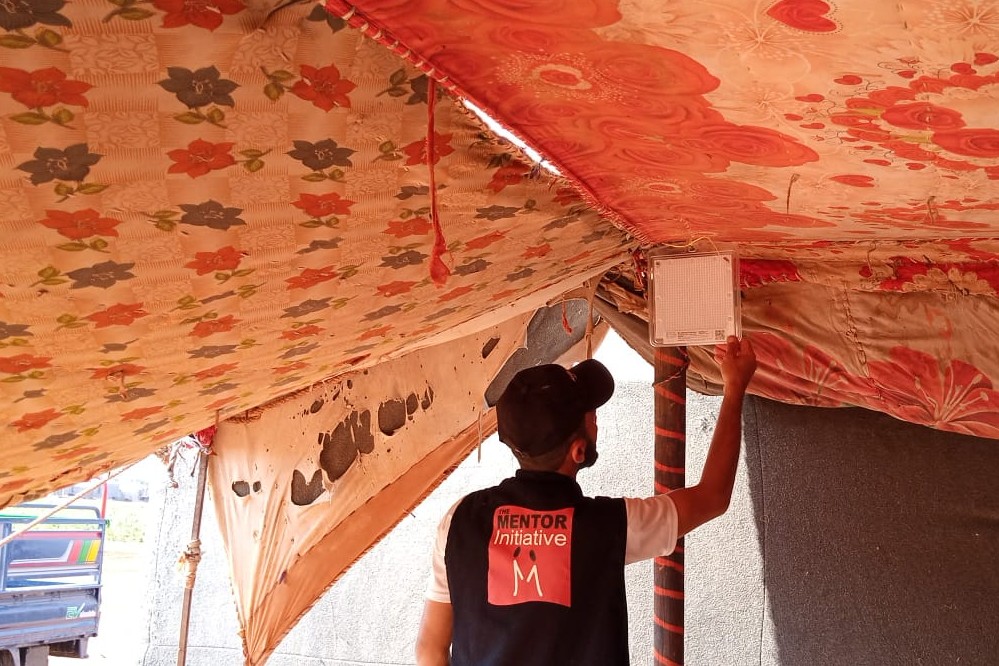The World Health Organization has issued a new recommendation for the use of spatial repellents, an innovative vector control tool for the control of malaria.
This new class of spatial emanators emit transfluthrin into the air repelling and killing mosquitoes whilst being safe for people.
WHO’s prequalification of SC Johnson’s Shield and Guardian spatial repellents complement existing measures such as indoor residual spraying and nets.
But with the tools ease of use, light weight and portability they are particularly suitable for complex emergency settings where some of the conventional tools do not work as well.
MENTOR’s research has been instrumental in building evidence for the use of spatial repellents in fragile, conflict-affected settings having evaluated their efficacy in Internally Displaced Person camps and host communities in Syria, Yemen and Nigeria. (Study results from Syria: https://rdcu.be/eACoQ)
Following positive findings from the studies between 2021 and 2024, we recently launched the large-scale distribution of spatial repellents in camps in South Sudan and Syria. This intervention will help protect around 300,000 people from malaria, and other vector-borne diseases such leishmaniasis and dengue.
WHO news release
This news comes as the WHO published an updated Malaria control in emergencies field manual, a comprehensive practical and evidence-based guide on the prevention, diagnosis and treatment of malaria in post-crisis settings.
Led by the WHO Global Malaria Programme with contributions from UNHCR, UNICEF, The Global Fund, MSF, London School of Hygiene and Tropical Medicine, The MENTOR Initiative and others, this invaluable guide addresses the increasing scale and complexity of humanitarian emergencies which often cause health systems to collapse and deadly outbreaks to escalate.
Access the guide here
- News
WHO recommends new vector control tools for malaria
- Kathryn Johnson

